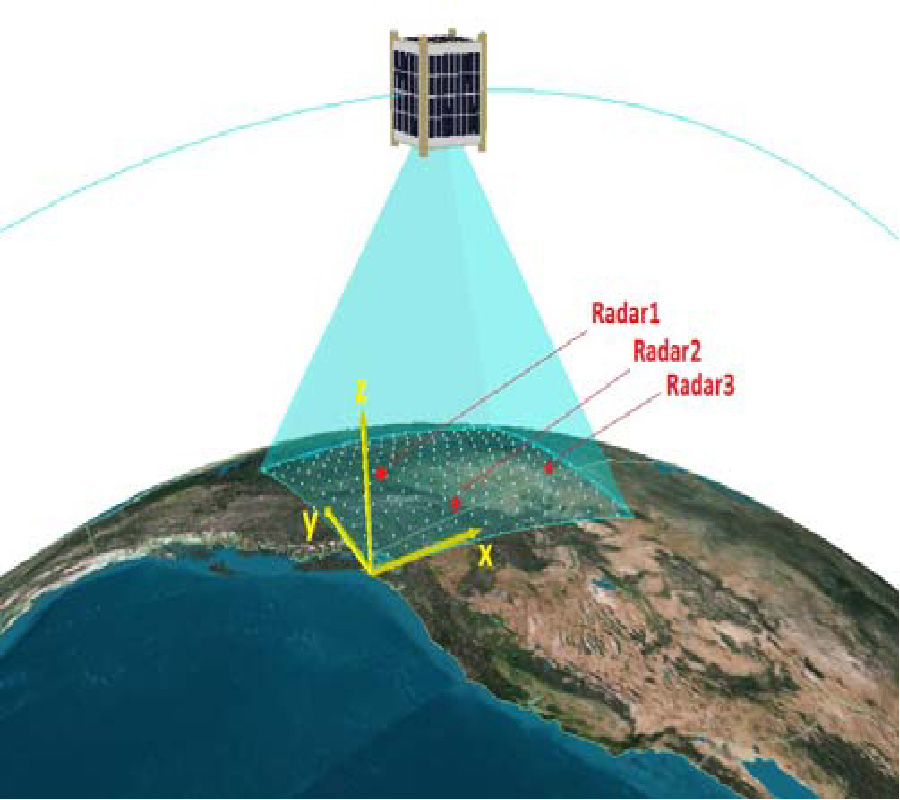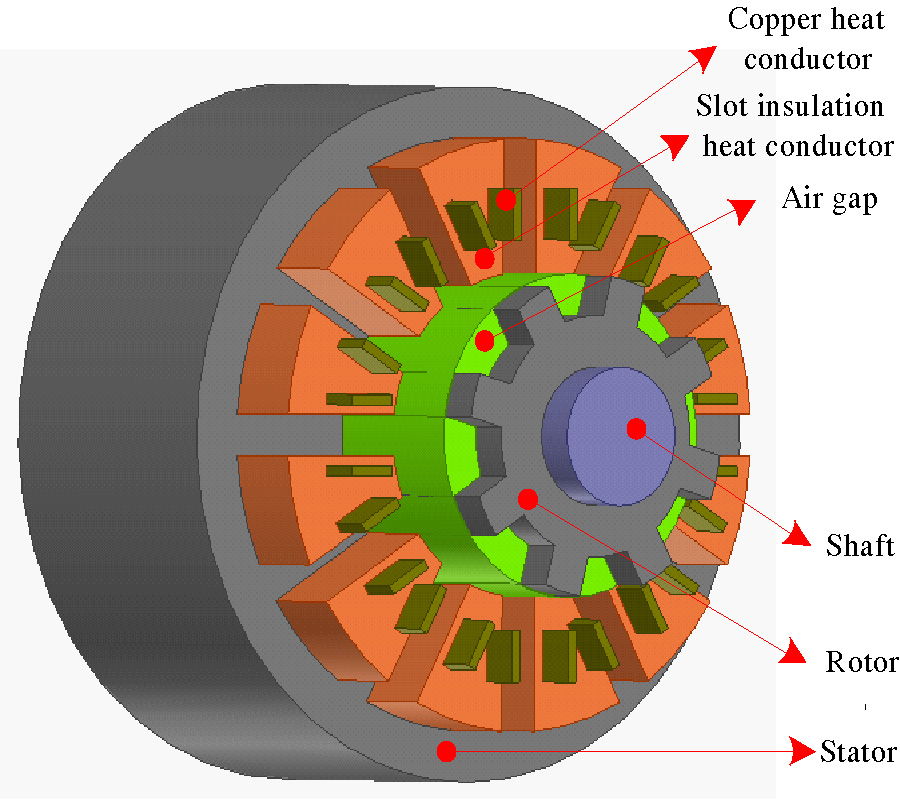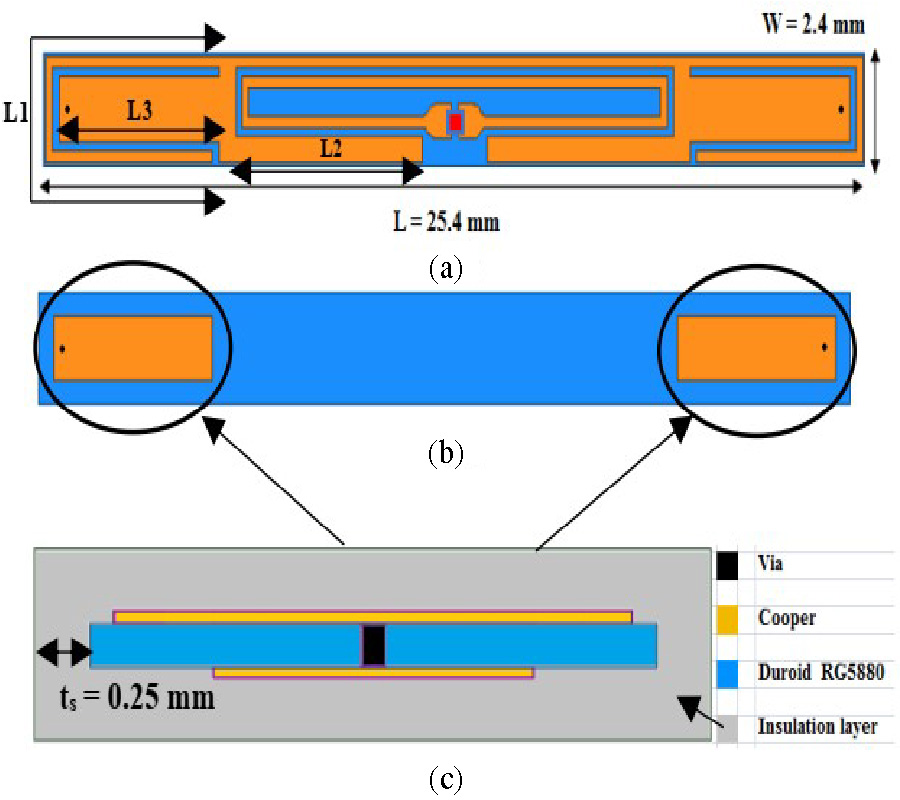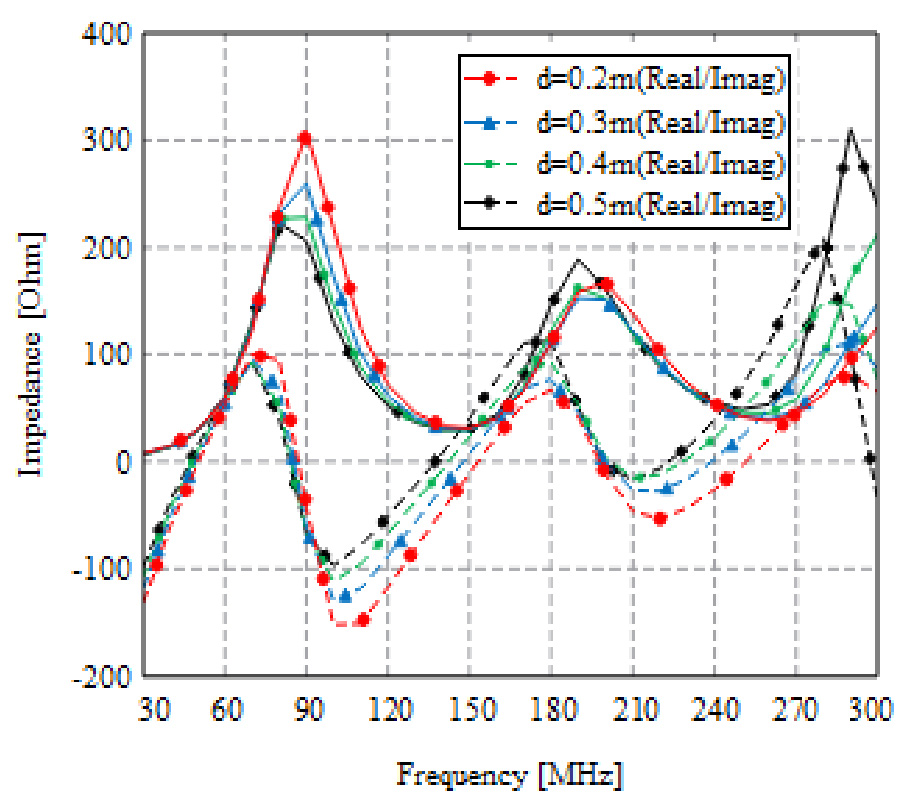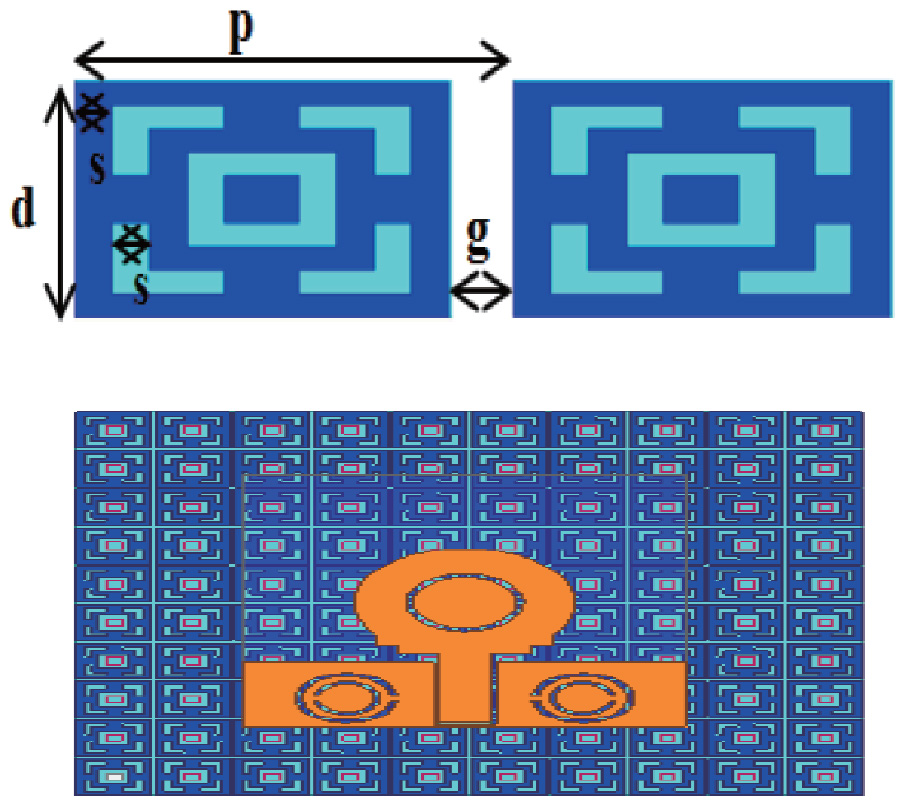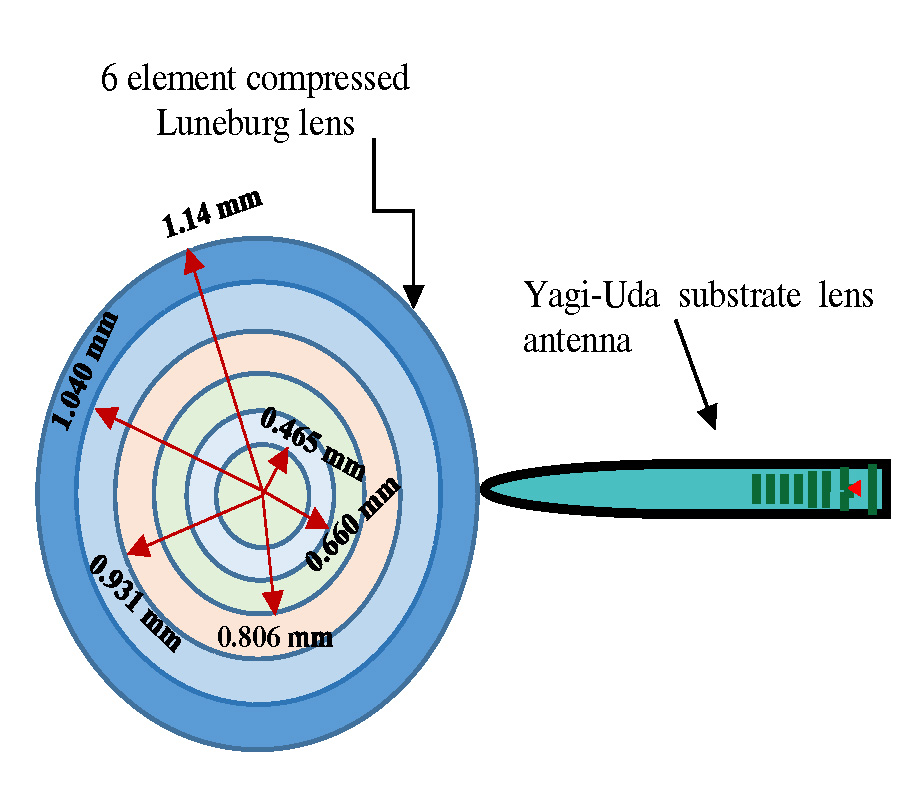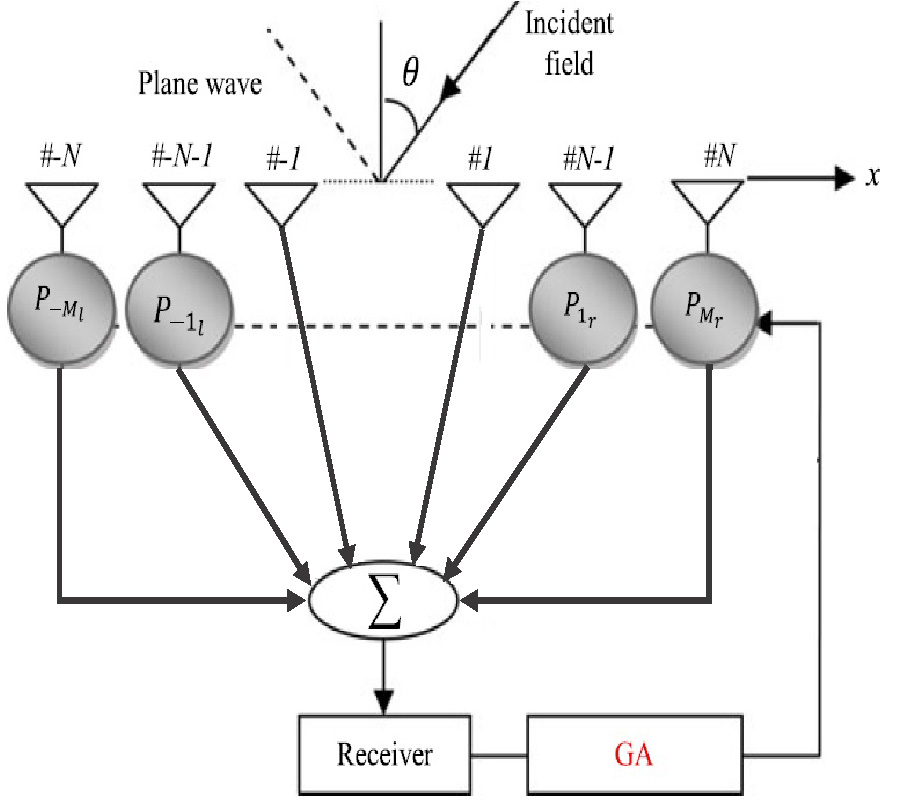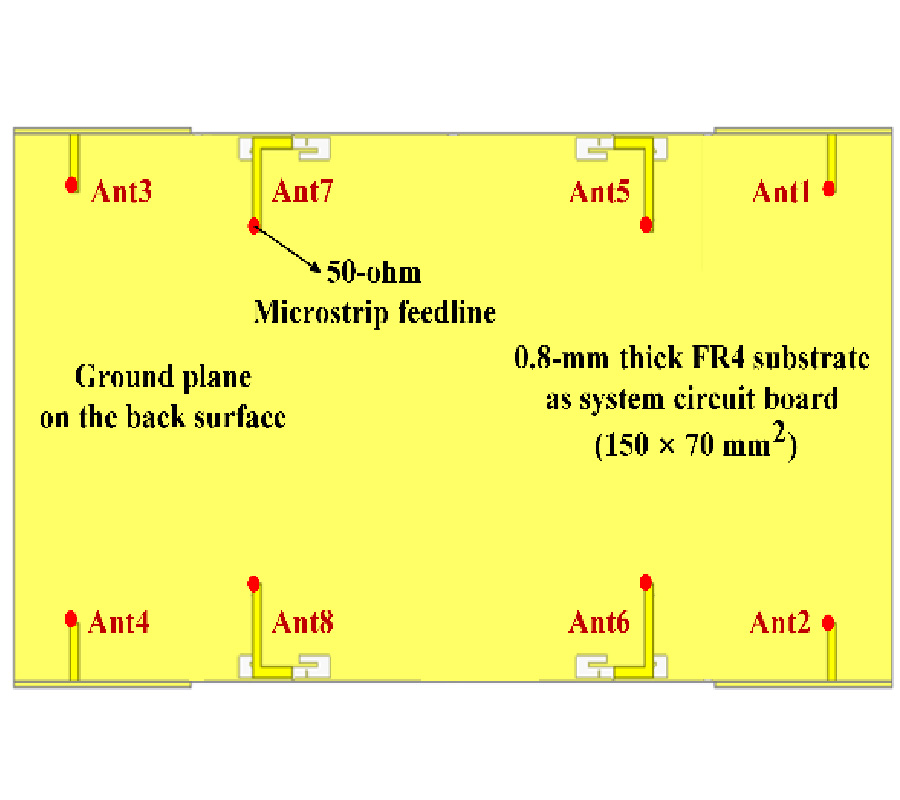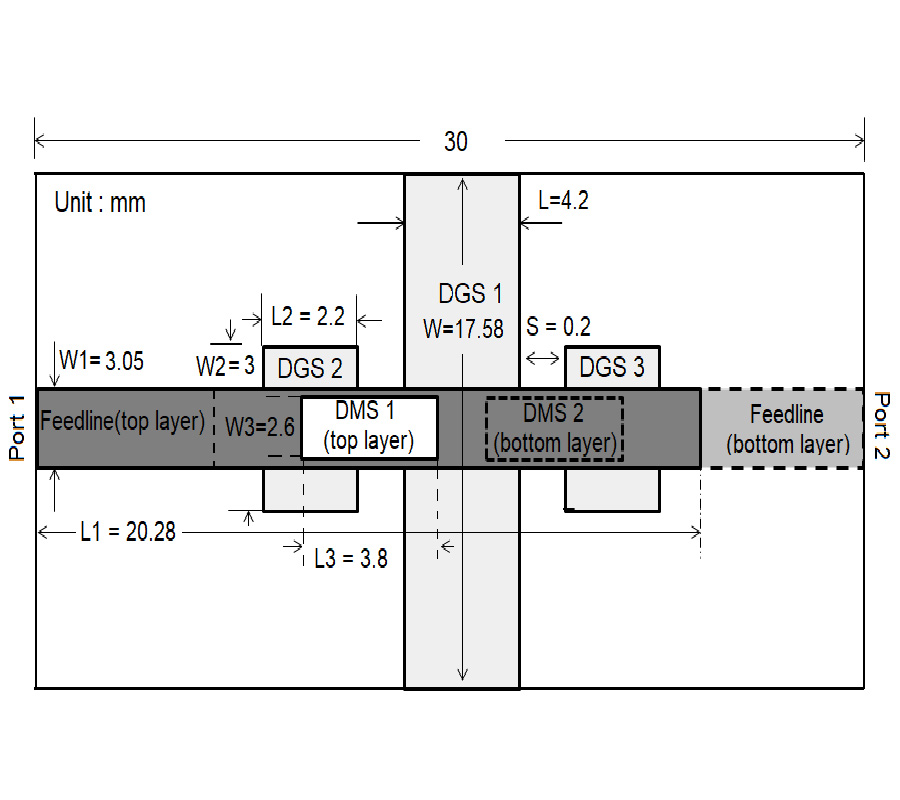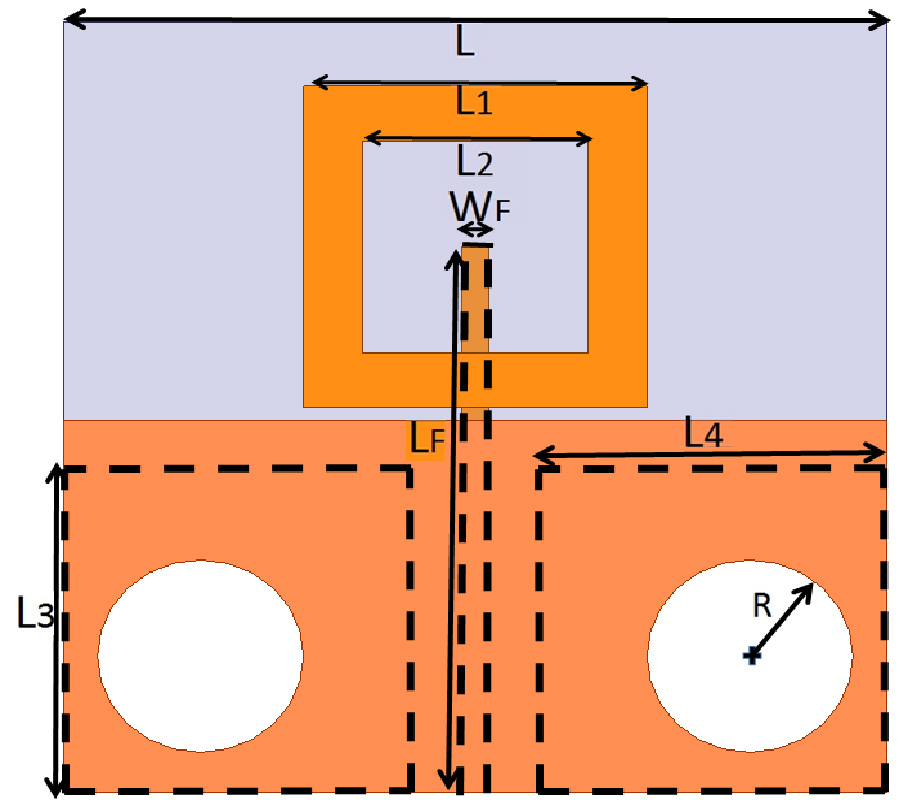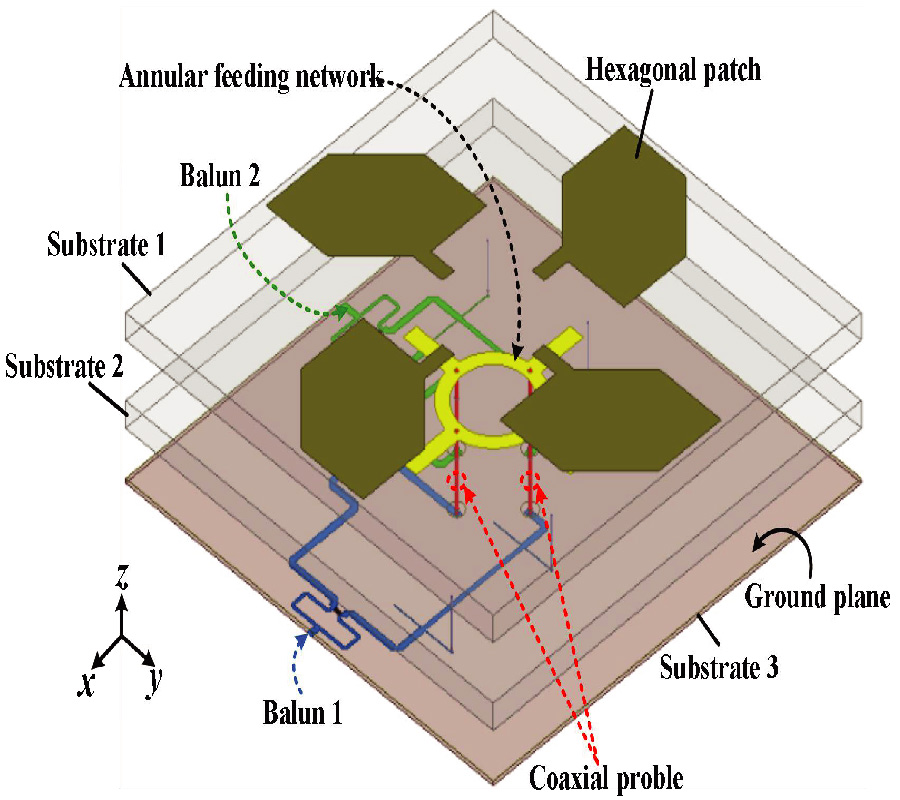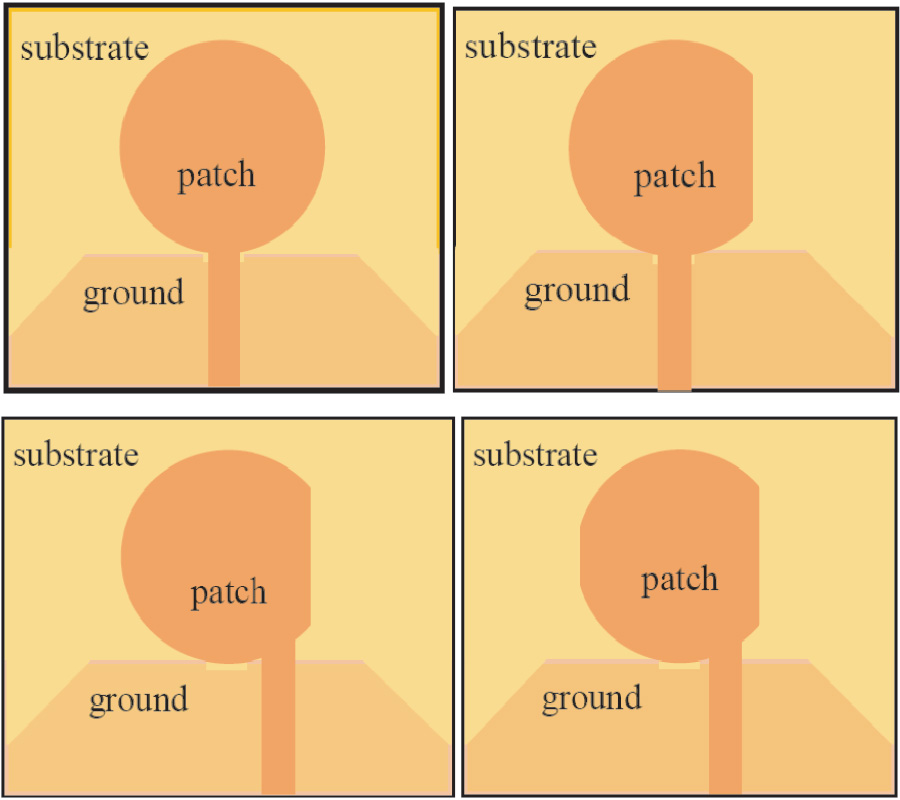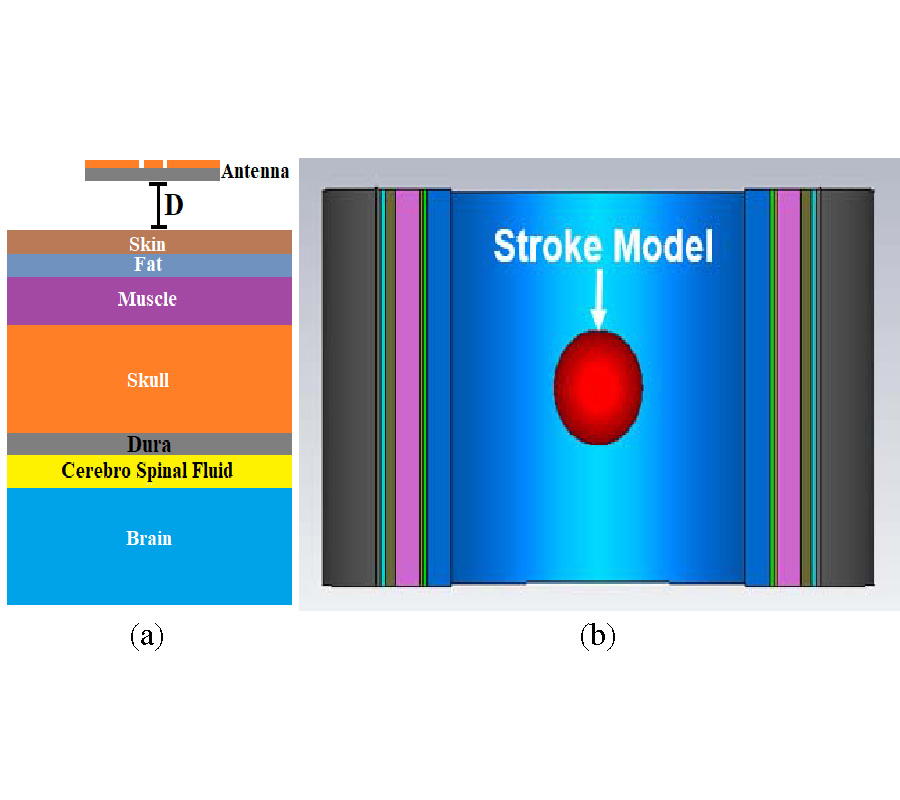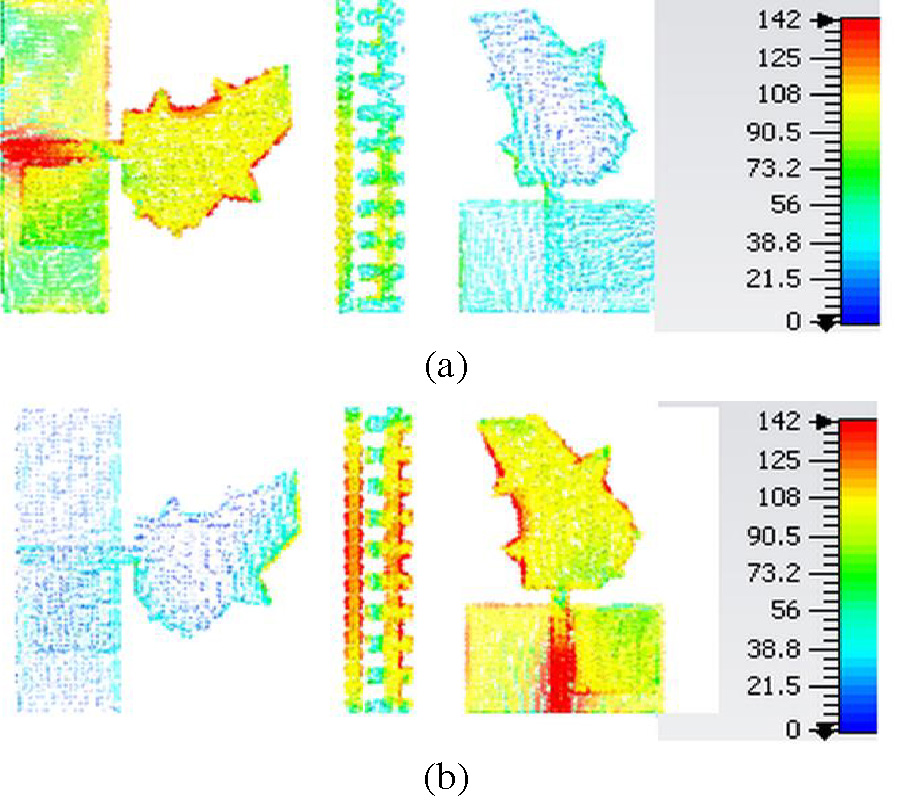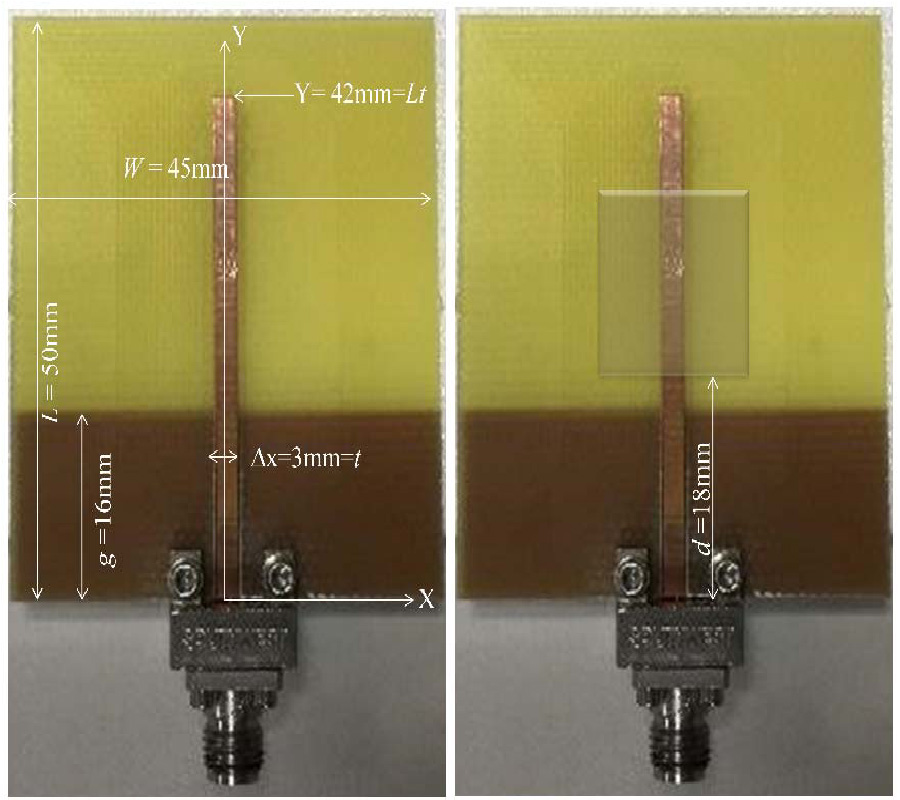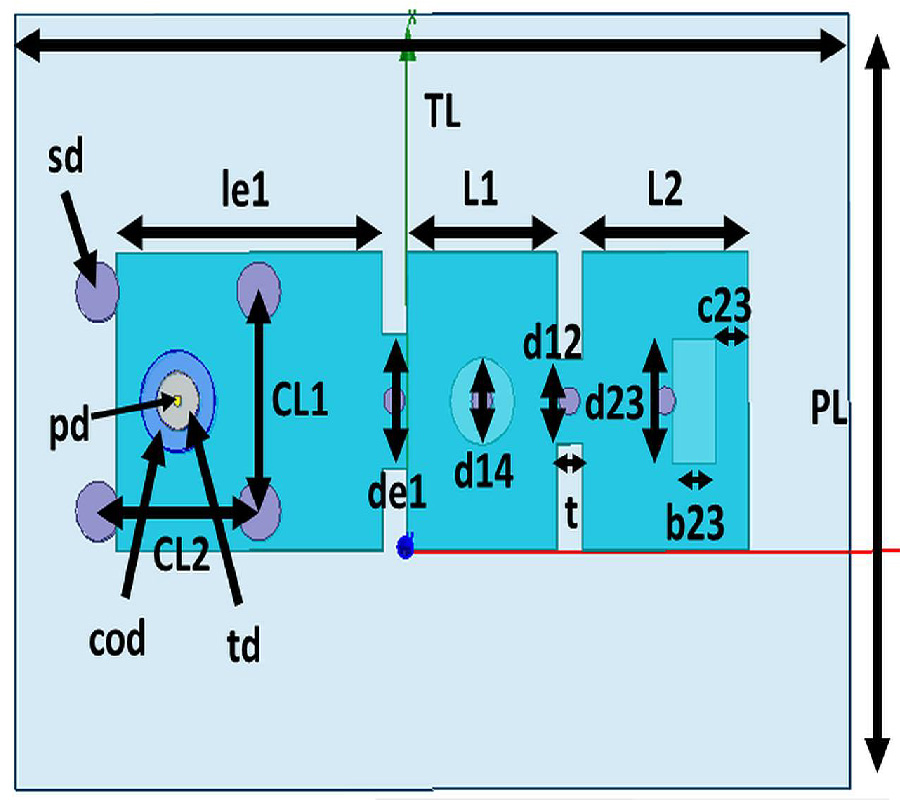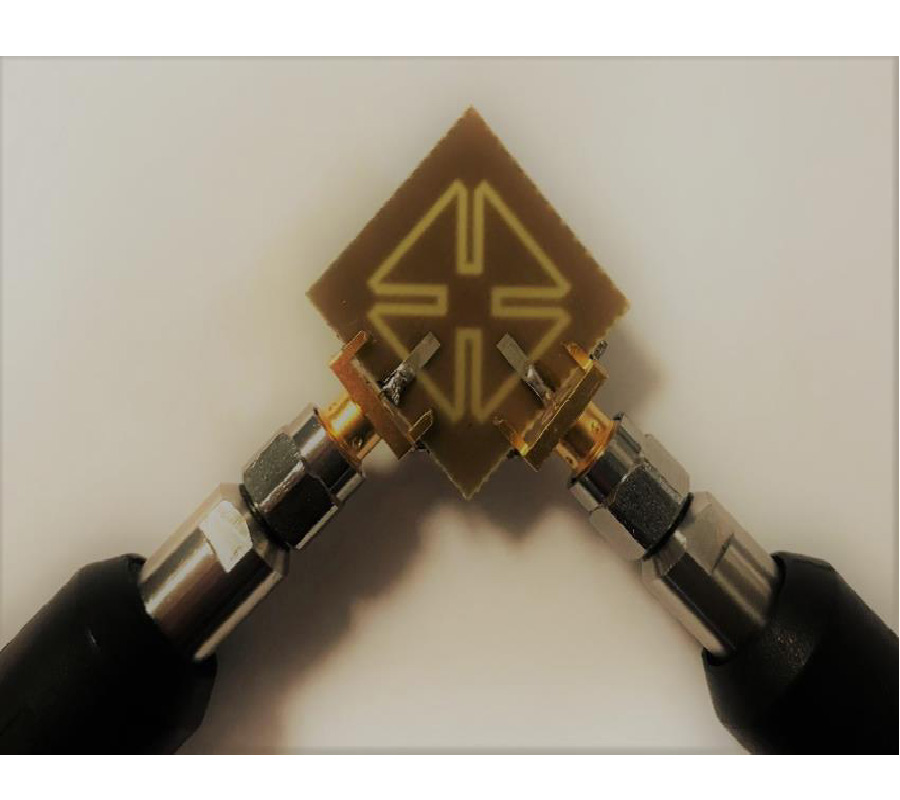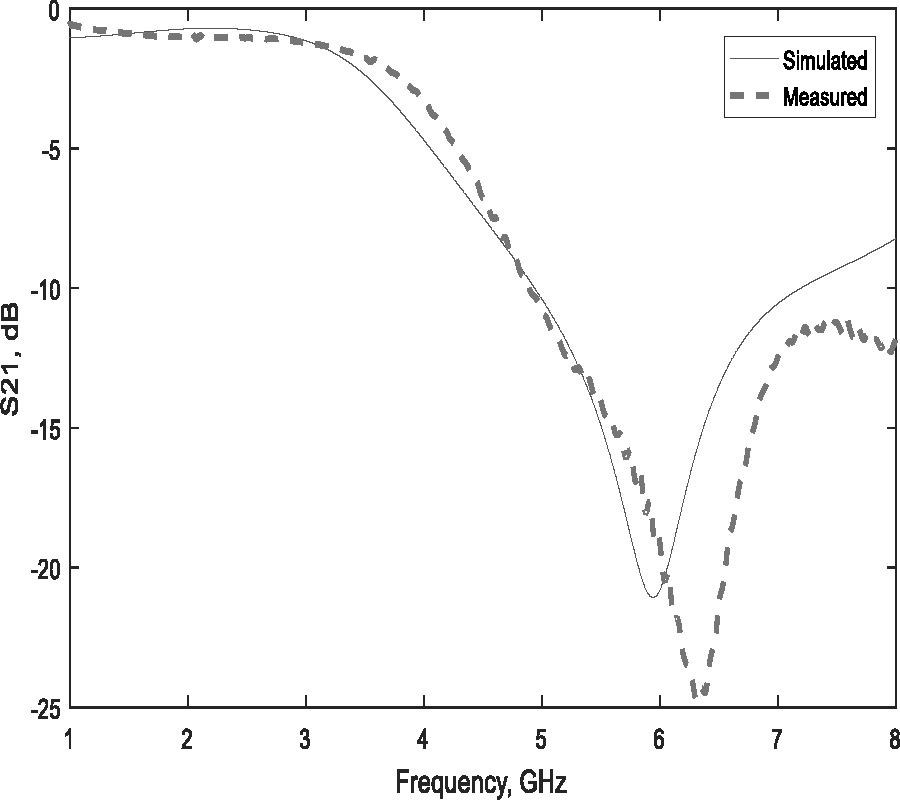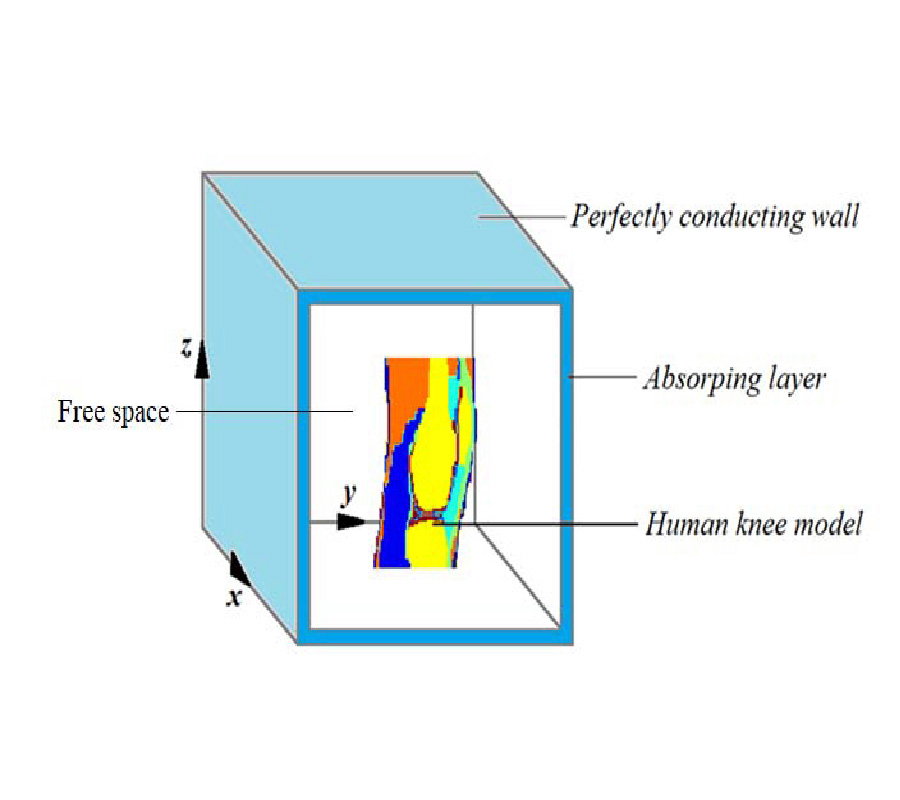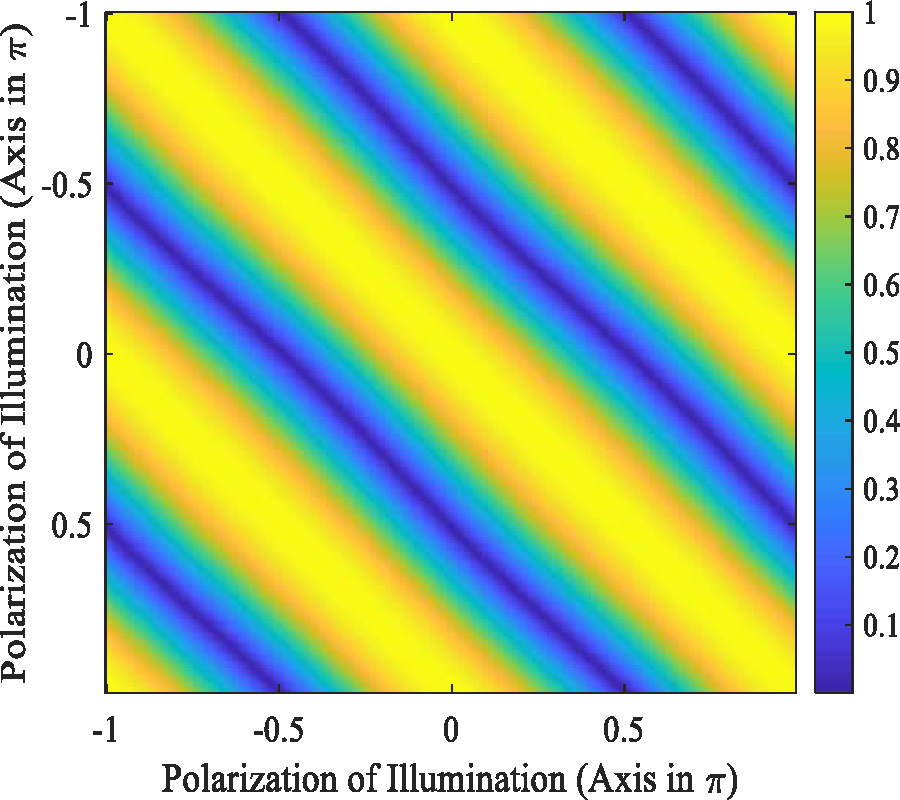2020-02-12 Latest Published
By Esmaeil Ramezani
Mohammad Farzan Sabahi
Seyyed Mohammad Saberali
Progress In Electromagnetics Research C, Vol. 99, 251-267, 2020
Abstract
Space borne accurate emitter localization has become an important and indispensable part of electronic warfare (EW) systems. In this paper, a system-level approach to design space borne receiver for accurate localization of long range co-channel radars (e.g. a network of similar surveillance radars) is presented. Due to the wide frequency range of modern radar signals, the receiver should have wide instantaneous bandwidth and requires high sampling rate analog-to-digital converters (ADCs). To address this issue, we propose a receiver structure with an appropriate sub-Nyquist sampling scheme and fast sparse recovery algorithm. The proposed sub-Nyquist sampler employs a three dimensional uniform linear array (ULA), followed by a modulated wideband converter (MWC). To accurately estimate the location of the co-channel radars from sub-Nyquist samples, a novel quad-tree variational Bayesian expectation maximization (QVBEM) algorithm is proposed. The QVBEM algorithm minimizes the computational load and grid mismatch error by iteratively narrowing the search area. This is done by smart grid refinement around radars' locations. To evaluate the performance of the proposed receiver, location finding of pulsed radars is studied through numerical simulations in various scenarios. The results show that the proposed QVBEM method has a significantly lower estimation error than conventional deterministic and Bayesian approaches, with a reasonably computational complexity.
